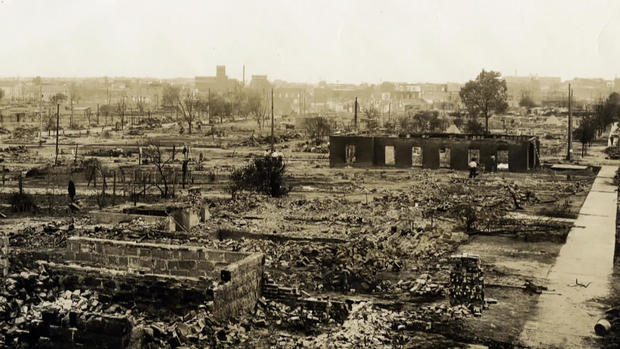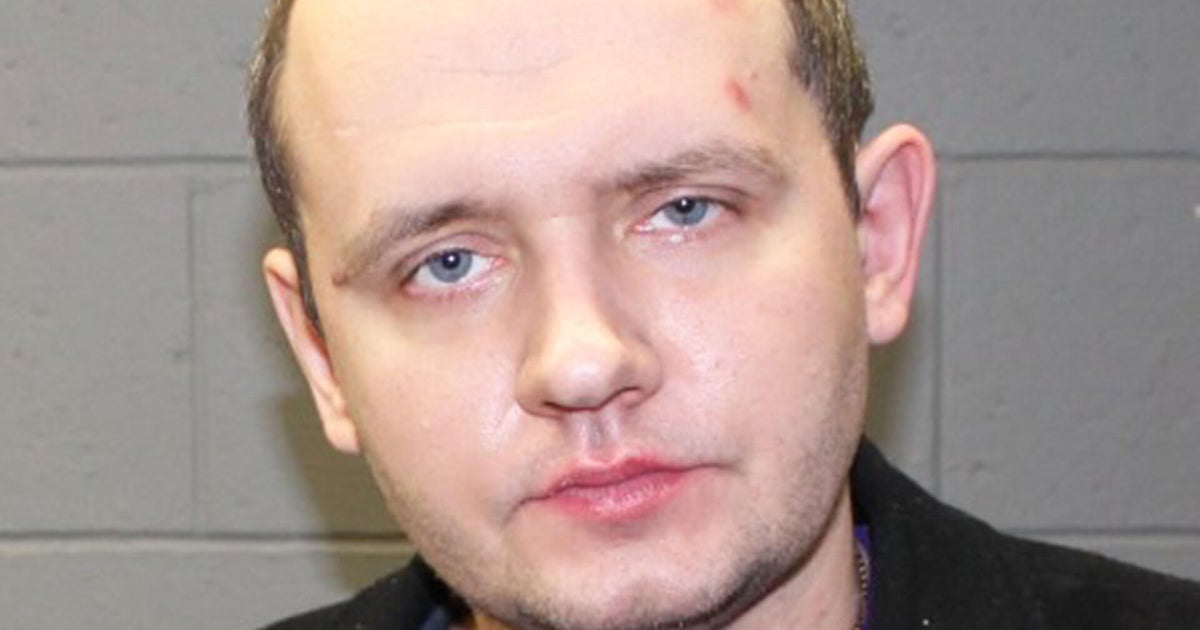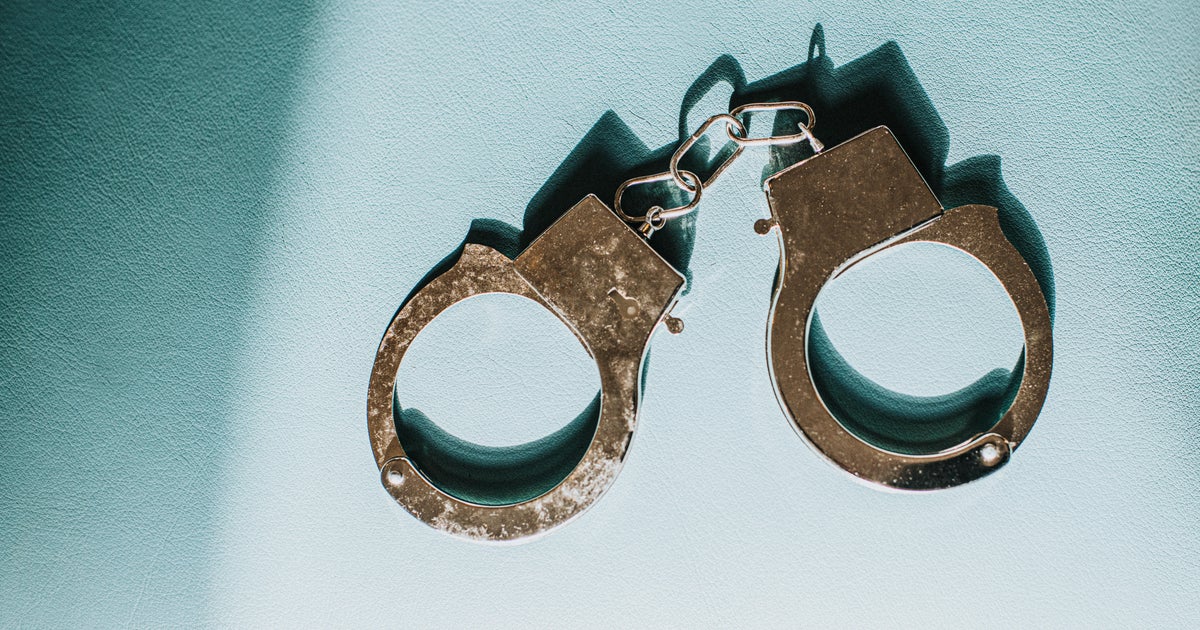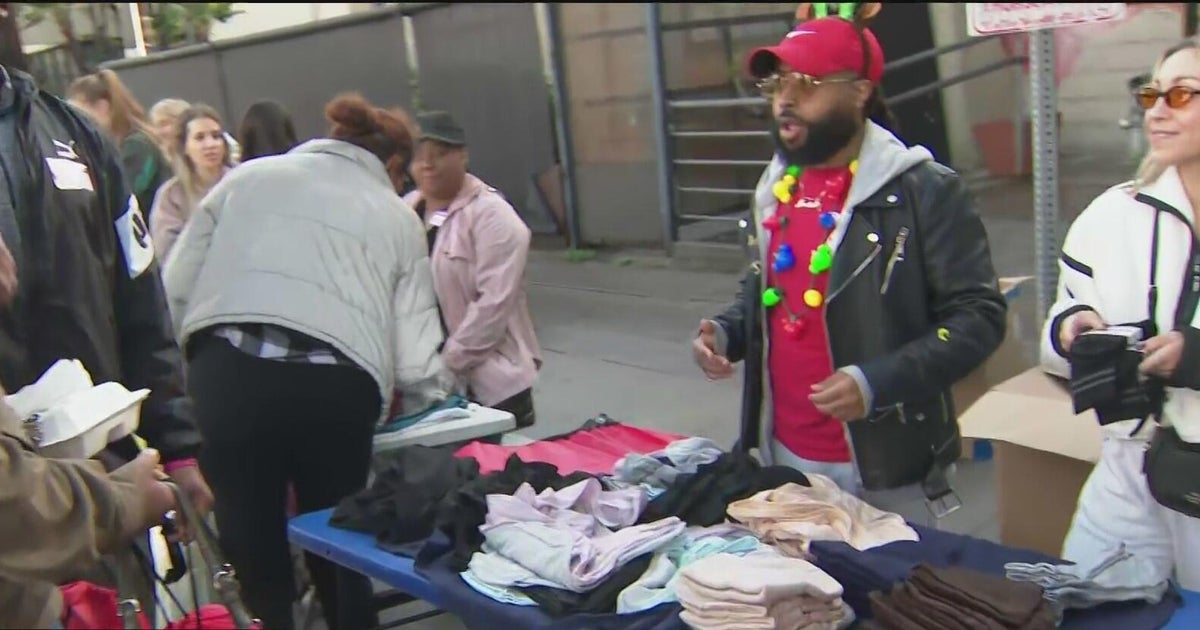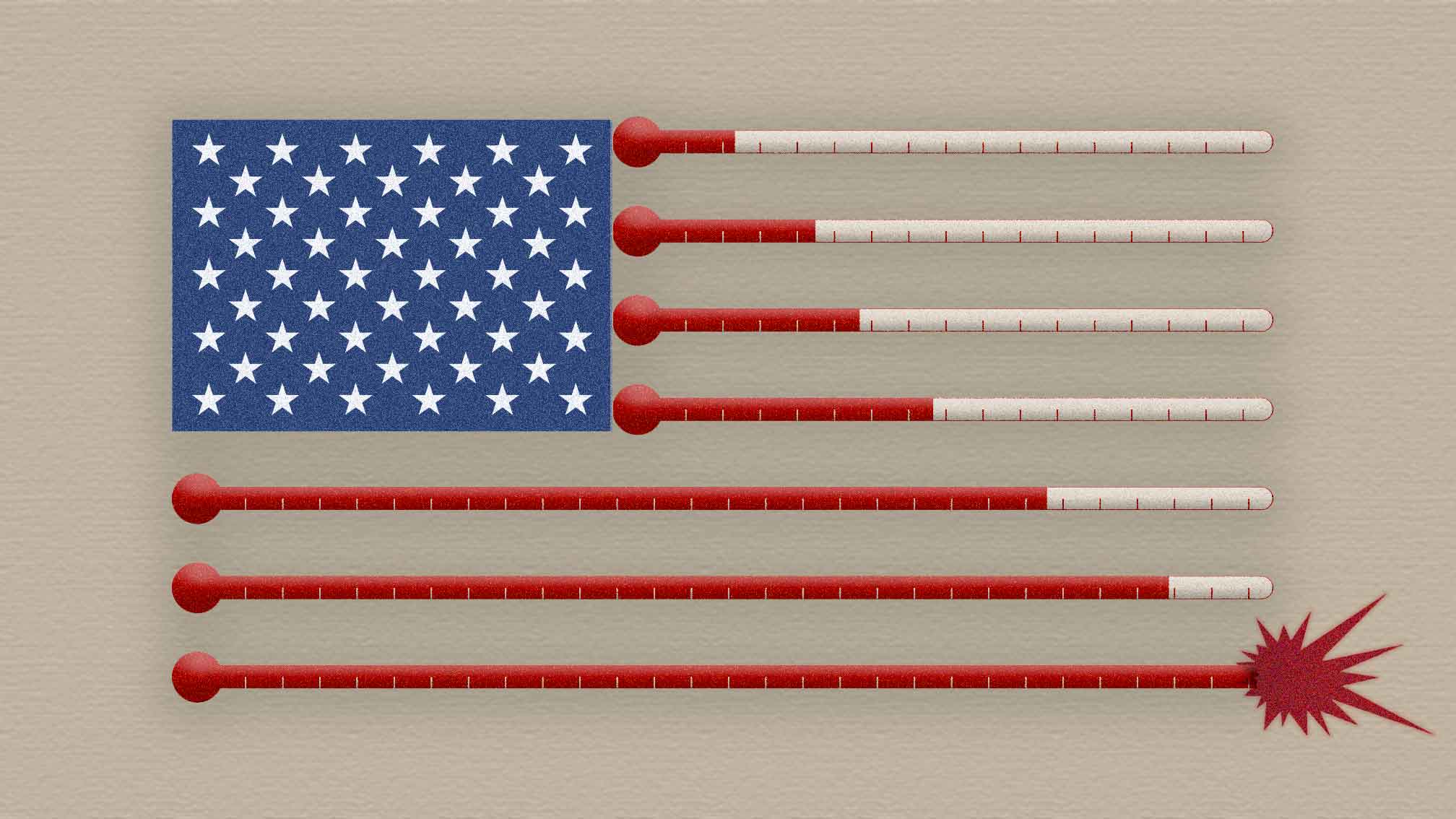Memories of the 1921 Tulsa Massacre
One hundred years ago, a White mob in Tulsa, Okla., killed 300 Black people and reduced the thriving Black community of Greenwood – also known as "Black Wall Street" – to ashes. New York Times columnist Charles M. Blow talks about one of the most notorious massacres in American history and those who witnessed it:
One hundred years ago today, in Tulsa, Oklahoma, a Black teenage shoe shiner named Dick Rowland stepped onto an elevator being operated by a 17-year-old White girl. Wild allegations about what happened on that elevator between the two teens would lead to one of the most notorious massacres in American history.
Rowland was arrested the next morning, and the Tulsa Tribune printed an incendiary article claiming that the young man had attempted to "assault" the girl. A white mob descended on the courthouse, demanding that Rowland be turned over to them.
Armed Black men showed up to defend Rowland and prevent him from being lynched. Gunfire soon erupted. It would lead to what would become known as the Tulsa Massacre, as White people began to shoot Black people on sight.
As many as 300 people were killed and 8,000 were left homeless as the once-thriving, self-sufficient Black community of Greenwood – also known as "Black Wall Street" – was reduced to ashes.
Rather than remember and atone for this atrocity, Tulsa began efforts to erase the incident from history. But it could not be erased from the memory of those who lived it.
In 2018, I had the great honor of interviewing Olivia J. Hooker, one of the last known survivors of the Tulsa Massacre. She a spry 103 years old when I met her. She would die just two months later.
Hooker was a little girl at the time of the massacre, just six years old, and she remembers things as a child would: the terror of hiding with siblings beneath an oak dining table, as the legs of White terrorists moved around it. It was the memory of those men destroying, defiling or stealing all the beautiful things, the things that represented the reality of Black refinement, or held the possibility of Black joy.
"They took a hatchet to my sisters' piano. They poured oil all over my grandmother's bed," Hooker said. "They took all the silverware that Momma had just got for Christmas, coffee pot, teapot – you know, that kind of beautiful stuff. If anything looked precious, they took it."
Her reflections illustrated clearly to me that this massacre wasn't only about an incident on an elevator, or terror and mass-murder. It was also about covetousness and spite; about the erasure of a Black excellence that, by its very existence, posed a fundamental threat to White supremacy.
Black Wall Street represented Black prosperity, even in an age of oppression, so White supremacy had to destroy it.
Don't miss "Tulsa 1921: An American Tragedy," a one-hour special anchored by Gayle King, on CBS Monday, May 31 at 10 p.m. ET (also presented on Smithsonian Channel on Tuesday, June 1 at 10 p.m. ET, and on BET Tuesday, June 1 at 11 p.m. ET).
For more info:
- Charles M. Blow, The New York Times
- "The Devil You Know: A Black Power Manifesto" by Charles M. Blow (HarperCollins), in Hardcover, eBook and Audio formats, available via Amazon and Indiebound
- Oklahoma State University
- Oklahoma Historical Society
- Tulsa Historical Society
- Photos by Damon Winter (The New York Times)
Story produced by Robbyn McFadden. Editor: Carol Ross.
See also:
- How an act of racial violence reverberates across generations ("Sunday Morning")
- How Tulsa's Greenwood massacre echoes today ("60 Minutes")
- Descendants of Tulsa massacre share family history in new documentary (CBSN)

